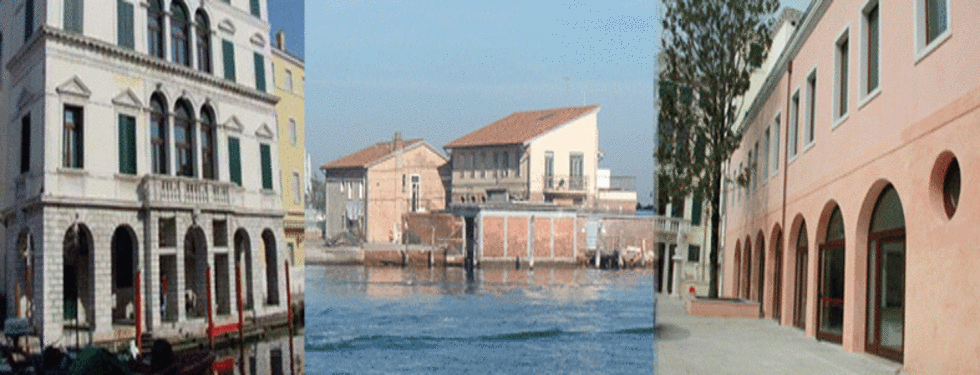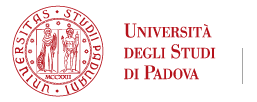Palazzo Grassi

The 18th-century Palazzo Grassi was builton the Fondamenta (quay) of the Vena Canal, between 1703 and 1714 by the architect Andrea Tirali. The palazzo was commissioned by the Grassi family, rich Chioggia merchants who were later elected patricians and even sat in the Maggior Consiglio(the highest political institution) of Venice.
Palazzo Grassi later passed into the hands of Zadra from Pontelongo (Padova) who, in 1851, sold it to the bishop Jacopo Dè Foretti. The bishop bequeathed it to the town hall, whose podestà (mayor) was Antonio Naccari, in order to have it turned into a hospital. Unfortunately, that proved impossible, as a fire in the palazzo comunale caused the municipal offices to be transferred to Palazzo Grassi, which only after 1855 could finally become a hospital. In the first half of the twentieth century, the east wing was annexed to the main building.
Palazzo Grassi was a hospital for a long time, and only in the late 1990s the City of Chioggia funded its renovation and changed its use designation. The building has now been restored to its original splendour.
An agreement with the City of Chioggia, which remains the proprietor of the palazzo, has enabled the University of Padova to use the building for teaching purposes since September 2001.The main building and the east wing now contain:
- one 80-seat room
- one 40-seat room
- one 30-seat room
- one 20-seat rooms
- a 50-seat laboratory
- a computer room
- a study room
- a library room
- two offices
- a meetings room
- one secretary's office
The supervisor of Palazzo Grassi is Prof. Laura Airoldi.






